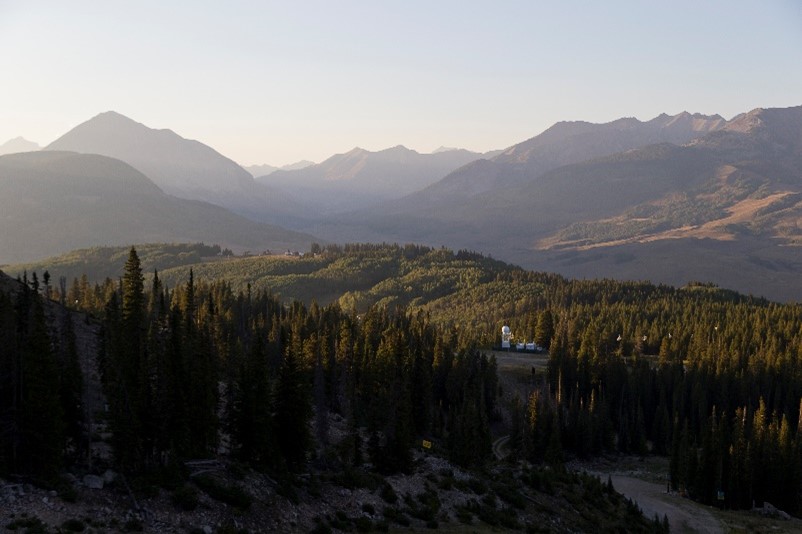Are atmospheric models too cold in the mountains? The state of science and insights from SAIL
Submitter
Feldman, Daniel — Lawrence Berkeley National Laboratory
Area of Research
Atmospheric Thermodynamics and Vertical Structures
Journal Reference
Rudisill W, A Rhoades, Z Xu, and D Feldman. 2024. "Are atmospheric models too cold in the mountains? The state of science and insights from the SAIL field campaign." Bulletin of the American Meteorological Society, 10.1175/BAMS-D-23-0082.1.
Science

We reviewed the peer-reviewed literature, and found that many types of high-resolution atmospheric models produce surface air temperatures that are colder than what is observed in high-altitude complex terrain. We evaluate the possible causes of this bias, and also examine data using three different high-resolution models and data collected by the Atmospheric Radiation Measurement (ARM) user facility's Surface Atmosphere Integrated Field Laboratory (SAIL) campaign in the Colorado Rockies. We synthesize the results and propose pathways forward for the community to address the issue of mountain-related temperature biases in models.
Impact
This research has identified a pervasive surface air temperature bias that is common across models of a wide range of complexities. This represents a major limitation in our understanding and ability to model the weather and climate of mountain regions. To date, many studies have reported individual instances of the bias, but no study has connected the dots between studies and articulated this common problem. We evaluate potential causes using data from the recent U.S. Department of Energy-funded SAIL campaign to show pathways forward for finding a solution to this model bias.
Summary
Mountains are critical for society — they accumulate snow, acting as a natural reservoir that billions rely upon for water resources. But this natural storage mechanism is temperature sensitive (e.g., snow melts above 0 °C), and theory and observations suggest that mountains are warming faster than other land areas. Hence, the fates of the mountainous hydrologic systems are a major cause for concern.
At the same time, we have collected evidence that many cutting-edge atmospheric models produce surface air temperatures that are too cold relative to observations during the winter snow accumulation season. We review 44 studies from the last decade and find substantial cold biases across the world’s mountains, ranging from at least 1-5 °C colder than observations. Why is this the case? We scrutinize model results from three different high-resolution models — one spanning the entire western United States, and the other two focused over a field campaign supported by ARM — SAIL, near Crested Butte, Colorado. We show that temperature biases are not purely a function of elevation. Indeed, mountain valleys in some cases are warm biased relative to observations in regions where cold-air pooling mechanisms play a significant role. Further analysis with ARM observations reveals that model biases at SAIL depend on large-scale weather patterns, land surface heterogeneity, ground temperature, and thermal emission, indicating potential model development opportunities to address the temperature biases we identified. We conclude that targeted observations and model development strategies are needed to remediate this common challenge across modeling platforms.
Keep up with the Atmospheric Observer
Updates on ARM news, events, and opportunities delivered to your inbox
ARM User Profile
ARM welcomes users from all institutions and nations. A free ARM user account is needed to access ARM data.


















